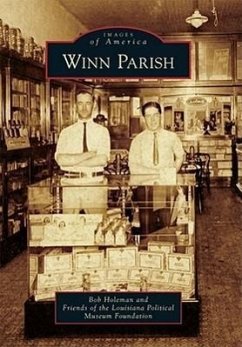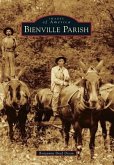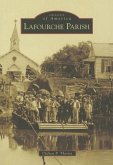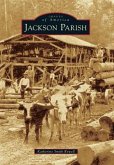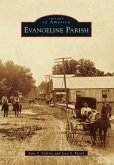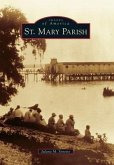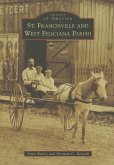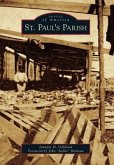The uniqueness of Winn Parish is its vast history not only of deep-rooted politics, but also of scattered communities that once prospered on its timber, railroads, salt mine, and rock quarry. The arrival of railroads more than a century ago opened virgin pine forests to commercial logging, and timber mills sprang up, flourished, and then disappeared as resources were depleted. Centuries' use of a saltworks foretold development of a successful salt mine, but the discovery of a nearby rock quarry was an accident. Winn was carved from the north-central Louisiana parishes of Natchitoches, Catahoula, and Rapides by an 1852 legislative act. Parish seat Winnfield is readily known as the birthplace of populist demagogue Huey P. Long, and it was also home to two other governors, brother Earl K. Long and handpicked successor O.K. Allen. The parish had its dark side, too, as bandits like the West and Kimbrell Clan roamed the southern regions.
Hinweis: Dieser Artikel kann nur an eine deutsche Lieferadresse ausgeliefert werden.
Hinweis: Dieser Artikel kann nur an eine deutsche Lieferadresse ausgeliefert werden.

